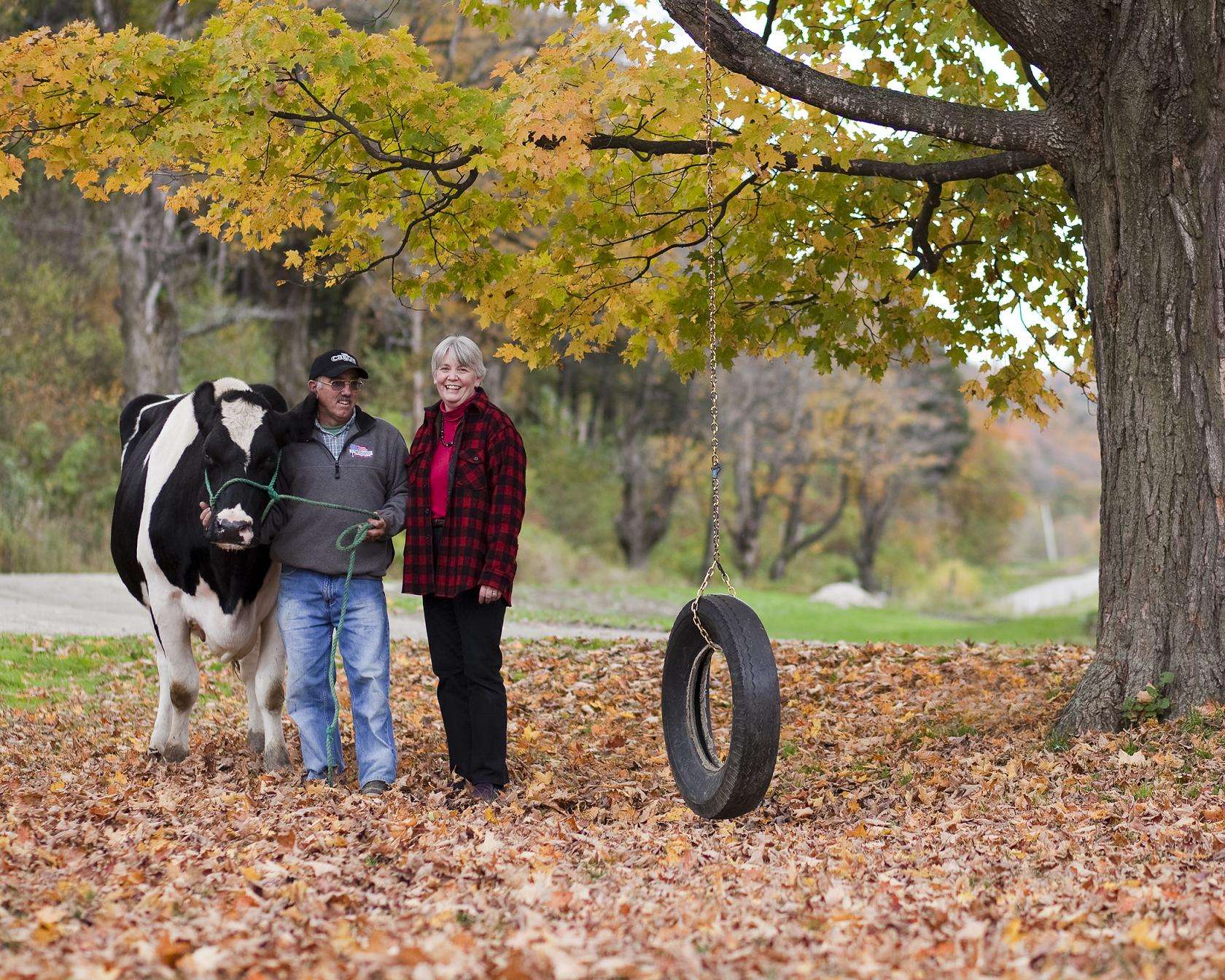

In fact, Cabot only had two ships when he left Bristol in the spring of 1498, though they were accompanied by a number of privately owned merchant ships. Cabot was granted a pension of £20 and promised a fleet of 10 ships for the project. Henry accepted Cabot's proposal that a new voyage should follow the coasts southwards as far as Japan which was thought to be near the equator) and thus arrive at the very center of the spice trade. As his reward for claiming part of the 'land of the grand Khan' he received a gift of £10 from the King. In a state of great excitement he returned to Bristol, naming a number of islands on the way, and docked on 6th August. This was the inauspicious beginning of England's colonization of North America.īut Cabot, like Columbus before him, thought he had found Asia. He raised the English flag and took possession of the land in the name of Henry VII. Sailing north past Ireland and then turning west, Cabot arrived at the most northerly point of Cape Breton Island, in Canada, on 24th June. It consisted of one ship, the Mathew, manned by 18 men. The King's part of the bargain was that a fifth of all the gains resulting from the discoveries were to go into his treasury.Ĭabot's expedition set sail on to follow these instructions.
#Whatroute did cabot take full
On Maletters patent were issued by King Henry VII granting his 'well-beloved John Cabot, citizen of Venice, to Louis, Sebastian and Santius, sonnes of the said John, full and free authority, leave and power upon theyr own proper costs and charges to seeke out, discover, and finde whatsoever islands, countries, regions, or provinces of the heathen and infidel, which before this time have been unknown to all Christians'. At once it was decided to forget the islands and press straight on to the fabulous lands of Asia. Not surprisingly, the search proved fruitless, but in 1493 came the news that Columbus had 'reached the Indies'. Over a period of several years expeditions under Cabot's command were dispatched with the object of finding the 'island of Brazil' or the 'island of the seven cities' which mediaeval map-makers inserted to the west of Ireland. The merchants of Bristol, one of England's greatest ports, welcomed his scheme. Like all the great explorers of his time, he was convinced that such a route should be found by sailing west, and in about 1484 he came to London to canvas his views to England. Young Cabot was deeply impressed by the silks, spices, and precious stones he saw, and became obsessed with the idea that a quicker and shorter sea route might be found from the West to the East. At an early age he went to Venice where he took part in the great trading voyages – including one to Mecca – that were the foundation of Venice's prosperity. John Cabot, or Giovanni Caboto, was born in 1450 in Genoa, like Columbus. These explorers were John Cabot and his son Sebastian. And this was at a time when the English looked enviously at the vast empires being carved out by Spain and Portugal. However, there were two great explorers, who, even if they were not Englishmen, at least sailed under English patronage and whose discoveries and achievements were made on behalf of the English crown. Ferdinand Magellan was a Spaniard, financed by his government.

Christopher Columbus was Genoese and sailed in Spanish ships. The English were not particularly prominent in the 'Age of Discovery'.


 0 kommentar(er)
0 kommentar(er)
